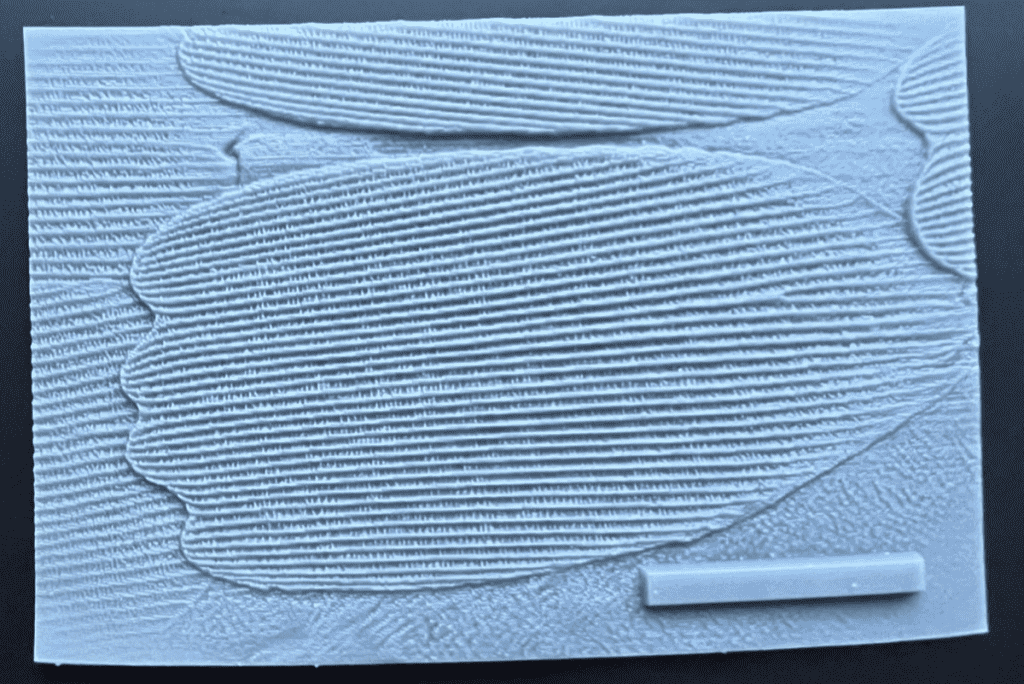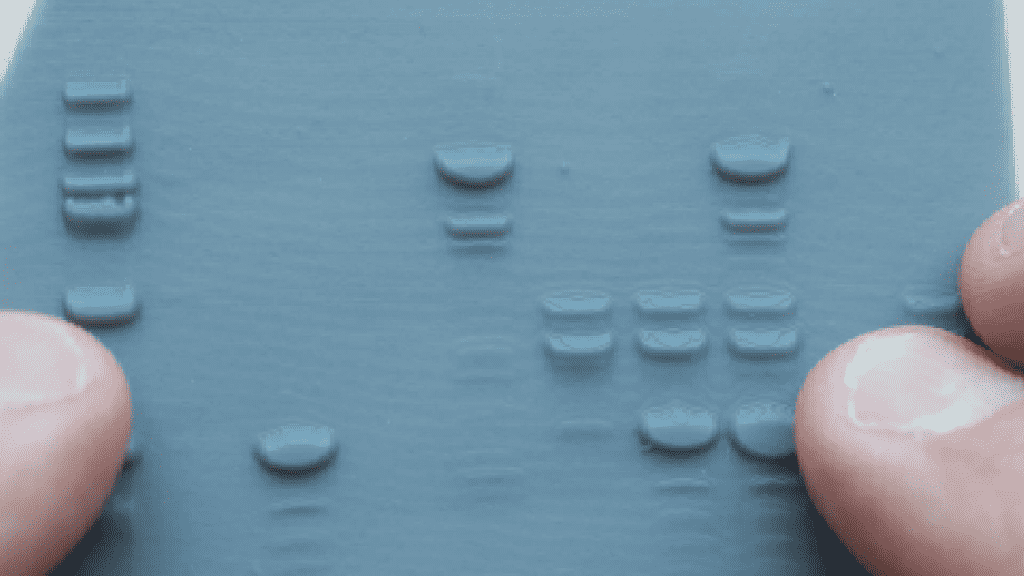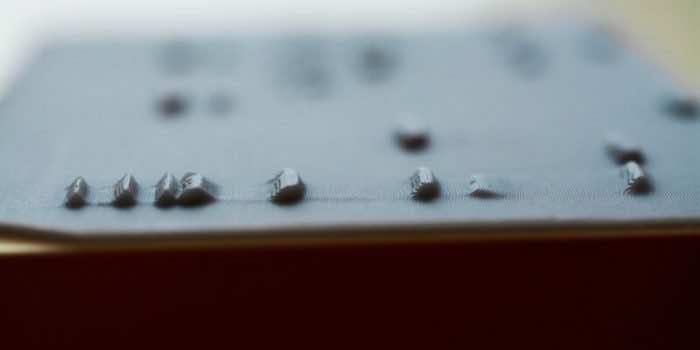Throughout the nineteenth century, lithophanes, a type of art, were popular in Western Europe. These delicate engravings were typically fashioned from translucent materials such as porcelain or wax. When backlit, a glowing 3D image would arise, changing its features in response to changes in the light source.
Researchers have now recreated this art form to create tactile visuals that glow with high resolution to depict scientific data. According to a new article published in the journal Science Advances, these lithophanes are usable by both sighted and visually impaired people, making them a universal visualisation tool for scientific data.
“This research is an example of art making science more accessible and inclusive. Art is rescuing science from itself,” said co-author Bryan Shaw, a biochemist at Baylor.

“The data and imagery of science—for example, the stunning images coming out from the new Webb telescope—are inaccessible to people who are blind. We show, however, that thin translucent tactile graphics, called lithophanes, can make all of this imagery accessible to everyone, regardless of eyesight. As we like to say, ‘data for all.'”
The term “lithophane” is derived from the Greek words litho (stone or rock) and phainein (to cause to appear), which is commonly translated as “light in stone.” The art form’s origins can be traced back to ancient China, 1,000 years before the Tang Dynasty. However, who invented the method of creating lithophanes is still up for debate among historians.
During the 19th century, a 3D pattern was etched into a thin sheet of translucent wax or porcelain using traditional relief and intaglio printmaking methods. The thinnest parts of the wax would allow more light to pass through the carving.

These lithophanes were exhibited as plaques, hung in windows or front of shields, with burning candles as a light source behind them. According to Shaw and his co-authors, lithophanes are now commonly composed of plastic, 3D printed from any 2D image that has been transformed into a 3D topography using free online software.
Four of the co-authors have been blind since birth. Finding a technique to generate universal tactile science visuals that both blind and sighted people can utilise would bring down a long-standing barrier that has hindered many visually impaired people from participating in research.
Lithophanes could provide a silver bullet. Shaw et al. developed lithophane versions of textbook pictures, gel electropherograms, micrographs, electronic spectroscopy data, and mass spectrometry data for their investigation. Then the researchers recruited 360 people for three separate groups: sighted, blind, and sighted people who were blindfolded for the studies.
To determine the accuracy of responses across all three groups, everyone was asked to answer specific technical questions about each lithophane graphic.
The results showed that blind people had 96.7 percent accuracy for all five lithophanes, compared to 92.2 percent for sighted participants and 79.8 percent for seen-but-blindfolded participants. These findings imply that lithophanes are an effective scientific visualisation method for sighted and blind scientists.

“You can look at this, and it looks exactly like what I feel,” said Hoby Wedler, a theoretical chemist and CEO of the Wendland Group in Petaluma, California, who has been blind since birth. “I’ve never felt a mass spec. I never thought I could talk through an analytical dataset like this. The sky is the limit here.”
The authors envisage a time when typical PowerPoint slides, such as those used in scientific talks, can be transformed into lithophanes, with audience members holding the visuals in their hands like playing cards.

“The neat thing about the tactile graphics that light up with picture-perfect resolution is that everything I can see with my eyes, another person who is blind can feel with their fingers,” said Shaw.
“So it makes all of the high-resolution imagery and data accessible and shareable, regardless of eyesight. We can sit around with anyone, blind or sighted, and talk about the exact same piece of data or image.”


